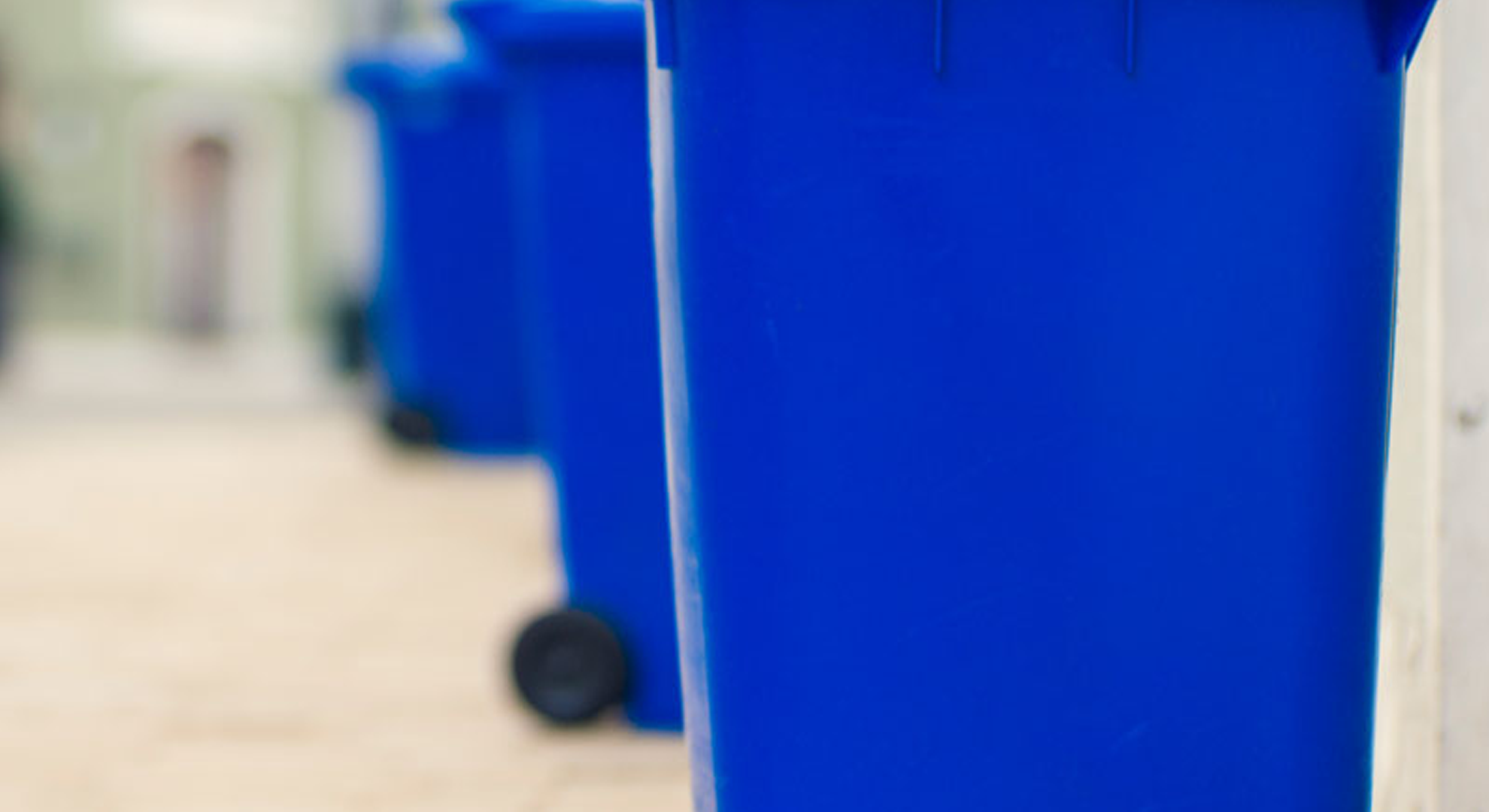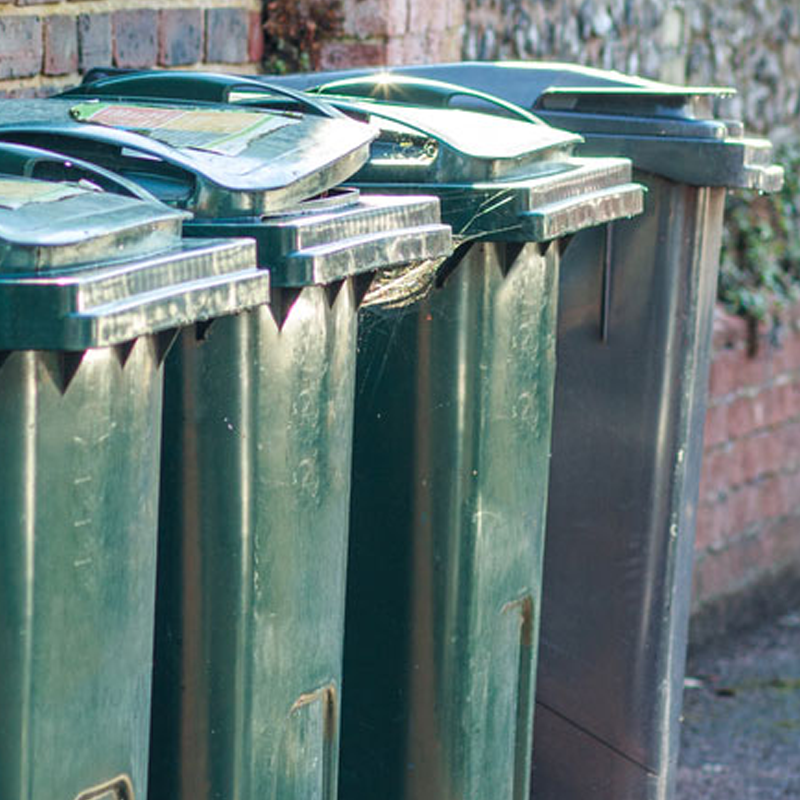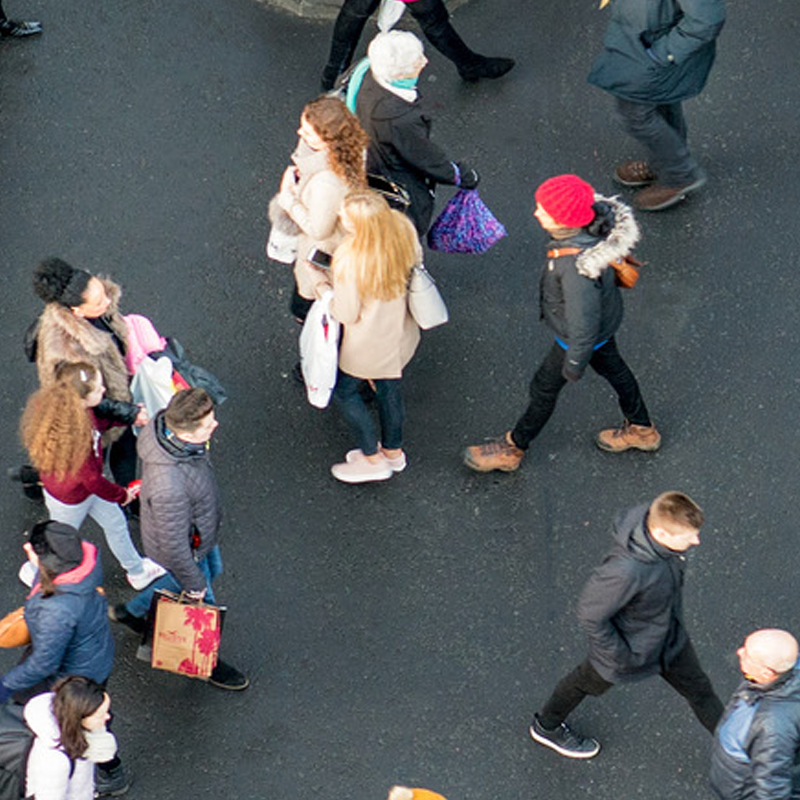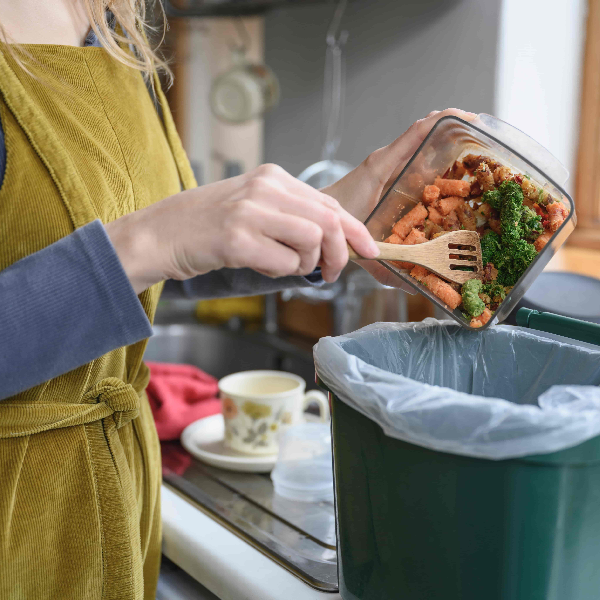
The composition of household waste at the kerbside in 2014-15
This report provides new estimates for the composition of household waste collected at the kerbside in Scotland in 2014-15, from the physical analysis of waste.
Update: this is an archived report. For current data please see Household Waste Composition Analysis 2021-2023.
The report covers the contents of the residual waste, which is the bin that should be used to dispose of wastes that cannot be recycled. We use the term residual waste, regardless of whether the contents of that bin could be recycled or not.
The report also covers the contents of mixed recycling containers provided to households, and we use the term “non-recyclable” waste within recycling containers to define wastes not typically recycled anywhere within a local authority service e.g non-recyclable paper and disposable nappies.
Our analysis excludes household waste collected at nonkerbside locations, such as recycling points and household waste recycling centres. It’s worth remembering that significant quantities of household waste material – particularly recycled items – are also collected via these nonkerbside routes, so overall household recycling performance is not identified in this kerbside analysis alone.
The last time a similar study was conducted was in 2009, so the findings provide an important update on kerbside waste composition.
Analysis includes...
- How much is collected at the kerbside in total?
- What is thrown away in the residual waste bin?
- Changes in what we throw away in the residual waste bin since 2009
- How many items that could be recycled at the kerbside, are actually recycled?
- How common is it for the wrong items to end up in mixed recycling collections?
The findings in this report are based on a programme of waste composition analysis carried out between 2013 and 2015, and household waste tonnages reported by local authorities in 2014 or 2015. Findings are representative of the 2014-15 period.
This report focuses on describing what households throw away and recycle, in order to highlight the opportunities for further waste prevention, recycling and diversion from landfill. We do provide summary analysis of the avoided carbon emissions and landfill tax associated with current levels of kerbside recycling, but it was beyond the scope of this study to carry out a more detailed environmental and economic impact analysis.
To accompany this report, Zero Waste Scotland has also produced a more detailed methodology document designed for technical readers, an excel dataset of key findings, and a set of frequently asked questions.
Downloads

Waste composition analysis programme 2021-2024
This report provides estimates for the composition of household waste collected at the kerbside in Scotland, from the physical analysis of waste.


